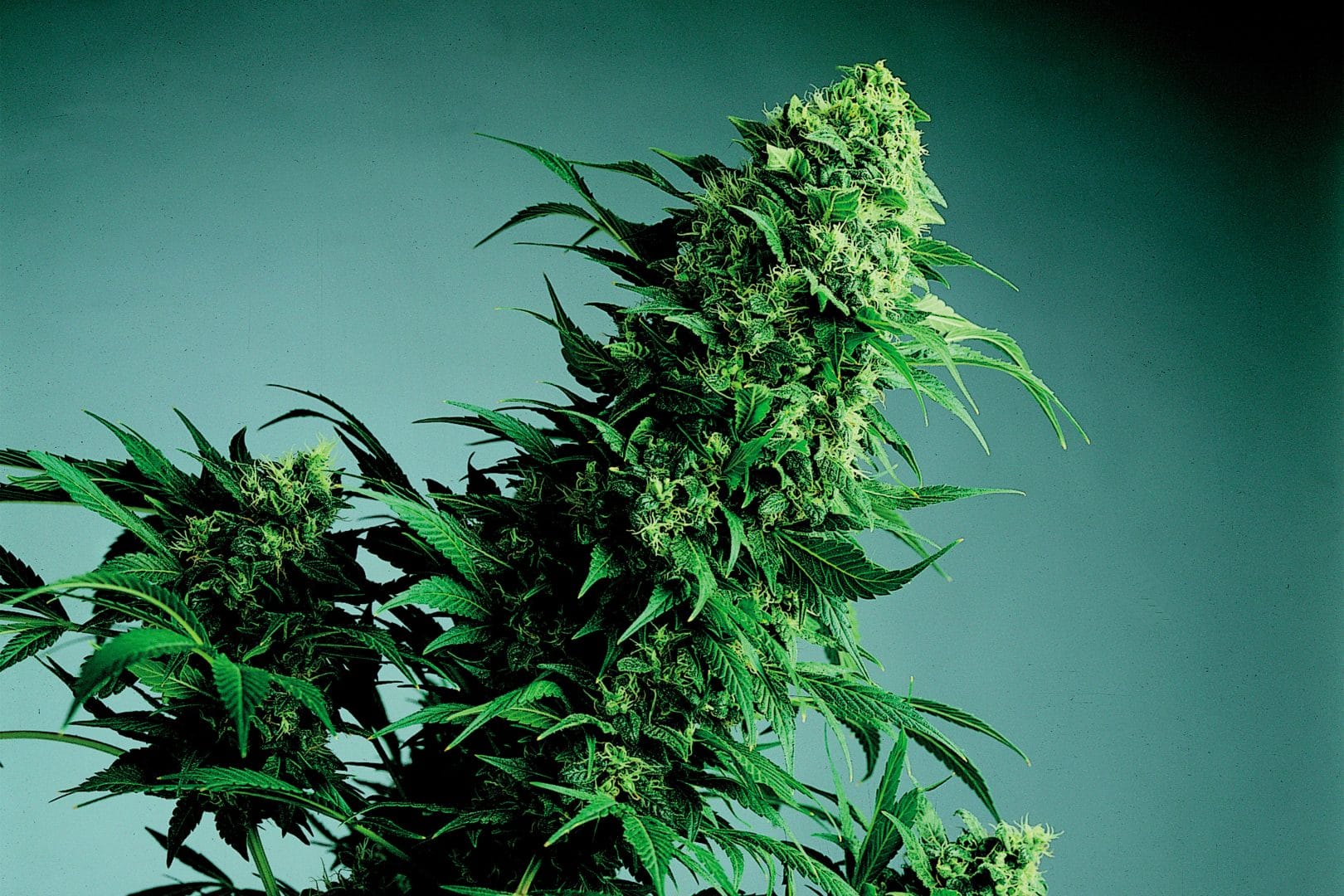
Cannabis Indica
Cannabis Indica L. is generally agreed to have originated either on the Asian subcontinent, or possibly in Afghanistan.

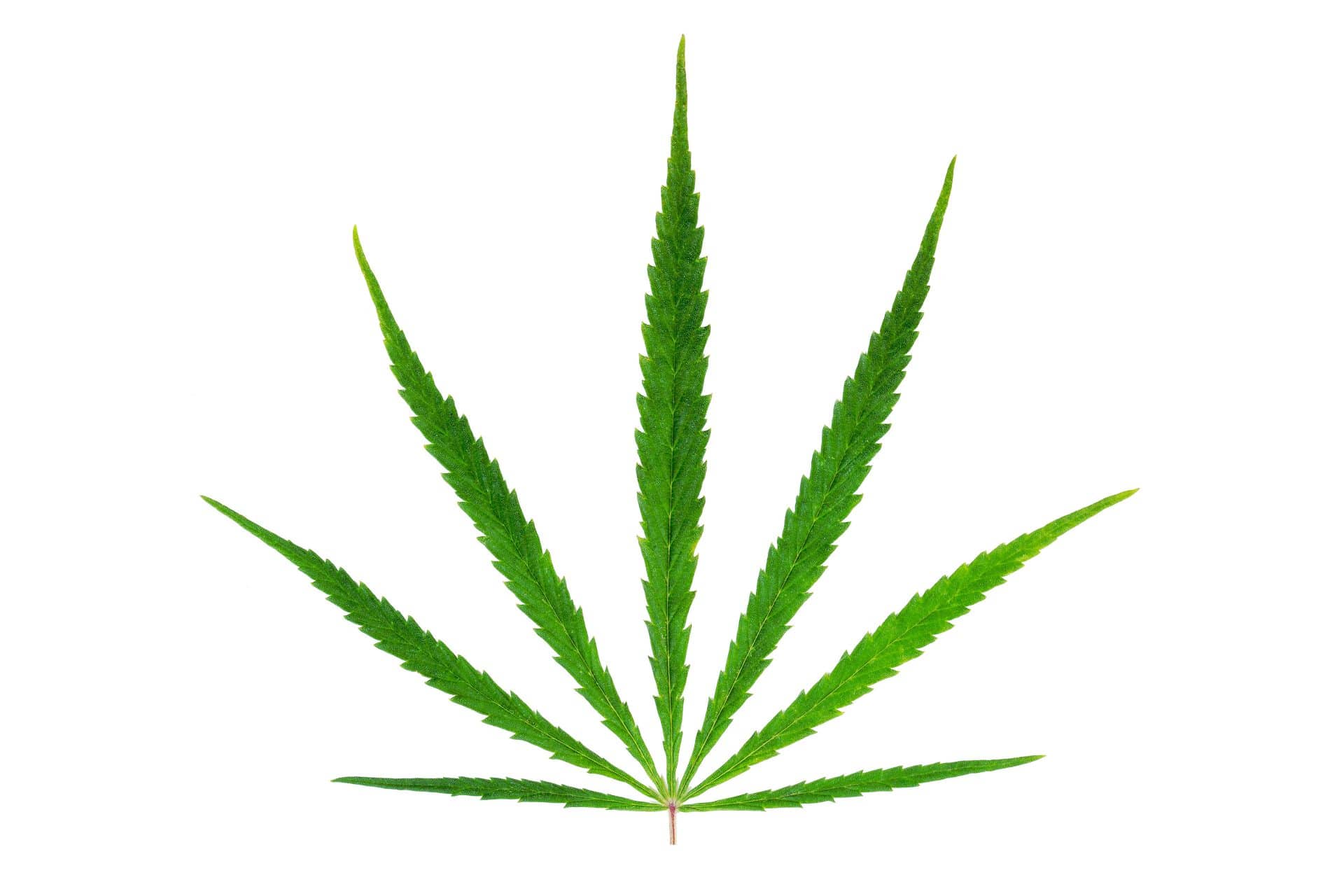

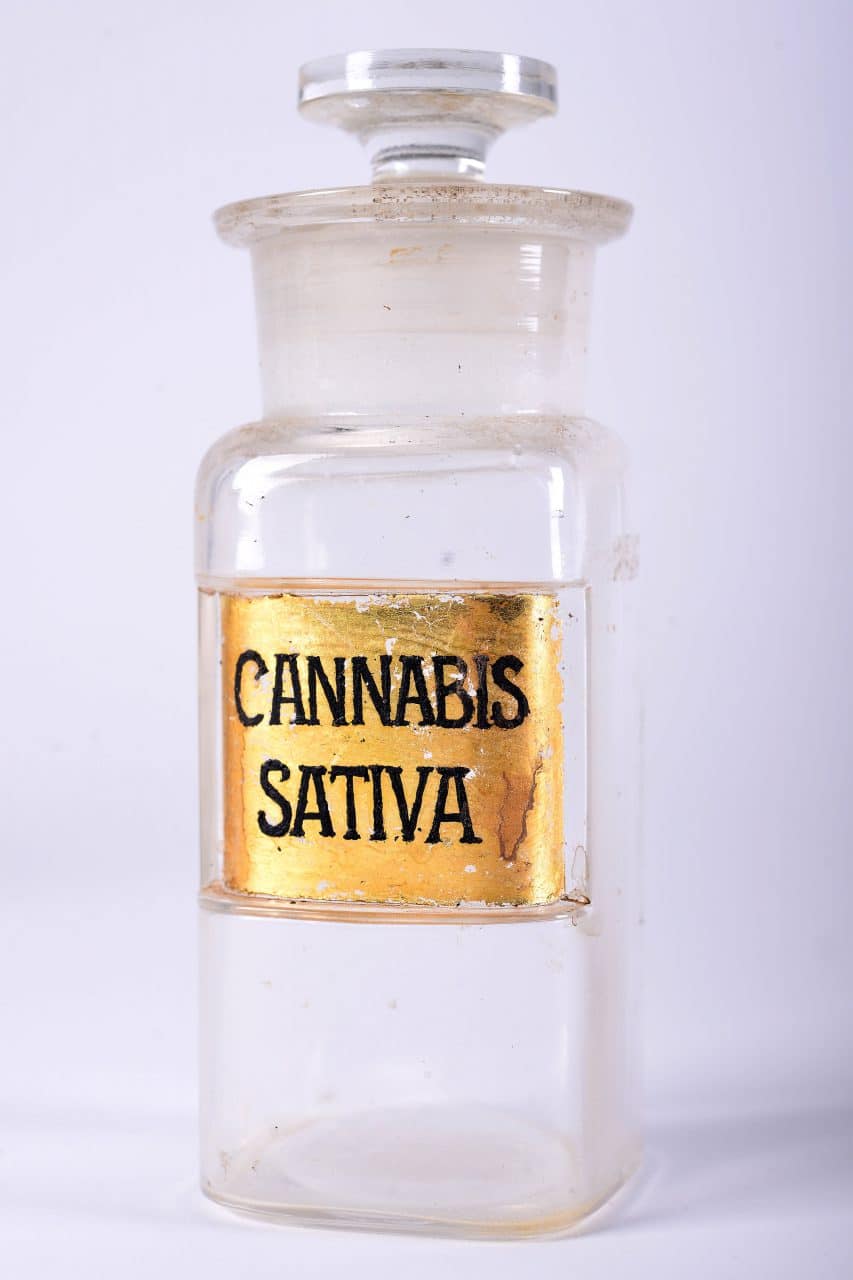
Cannabis Sativa is normally a tall plant, and is generally a lighter shade of green than the other types. Its leaves are made up of long, narrow blades. Female flowers (the buds) are longer and more ‘feathery’ in appearance than those of Cannabis Indica. In general, the foliage of a Sativa plant is somewhat sparser than that of the other varieties. This allows for more air flow around and between the plants, resulting in healthier growth and less risk of fungus in the humid tropical conditions where many Sativa strains originated.
Cannabis Sativa grows taller than the other types of cannabis, gaining height all through its vegetation, or growing, and flowering phases. This is due to the tropical origin of Sativa strains. In the regions close to the equator, the amount of daylight hours does not change very much throughout the year, so Sativa strains are adapted to accomplish both their growing and flowering in a short, fairly uniform photoperiod (the daily number of hours of day (light) vs. night (dark)). In this way they are at the opposite end of the cannabis spectrum to Ruderalis strains.
The female flowers of Cannabis Sativa start at the nodes (the points at which pairs of leaves grow from the stem and branches) and usually expand along the length of the stem and branches, instead of clustering around the nodes, as with other types of cannabis. This flower formation is due to the Sativa tendency to grow and flower simultaneously. As a result, female Sativa flowers are usually less dense and weigh less than Indica flowers, despite being equal or larger in size.
Pure strains of Cannabis Sativa often require a combined growing and flowering period of around six months to ripen completely. For this reason pure Sativa strains are rarely used for indoor cultivation or sold as commercial cannabis seeds. All Sativa strains that are viable for indoor growing have been cross-bred with Indica strains in order to reduce their height and flowering time. Even so, Sativa-Indica hybrids generally have a longer flowering period than their Indica relatives.
Nearly all hemp grown for industrial purposes is Cannabis Sativa. As the tallest variety, it produces the longest fibres and therefore has the widest range of industrial uses. As a recreational variety Sativa strains impart an energetic, cerebral and inspiring ‘high’, usually followed by a craving for food, especially sweet items, commonly known as ‘the munchies’. Although this aspect of the cannabis high is often the subject of jokes, it is also of life-saving importance when used by people undergoing chemotherapy, HIV/AIDS treatment and other procedures that cause nausea and/or lack of appetite.

You might also be interested in these topics

Cannabis Indica L. is generally agreed to have originated either on the Asian subcontinent, or possibly in Afghanistan.
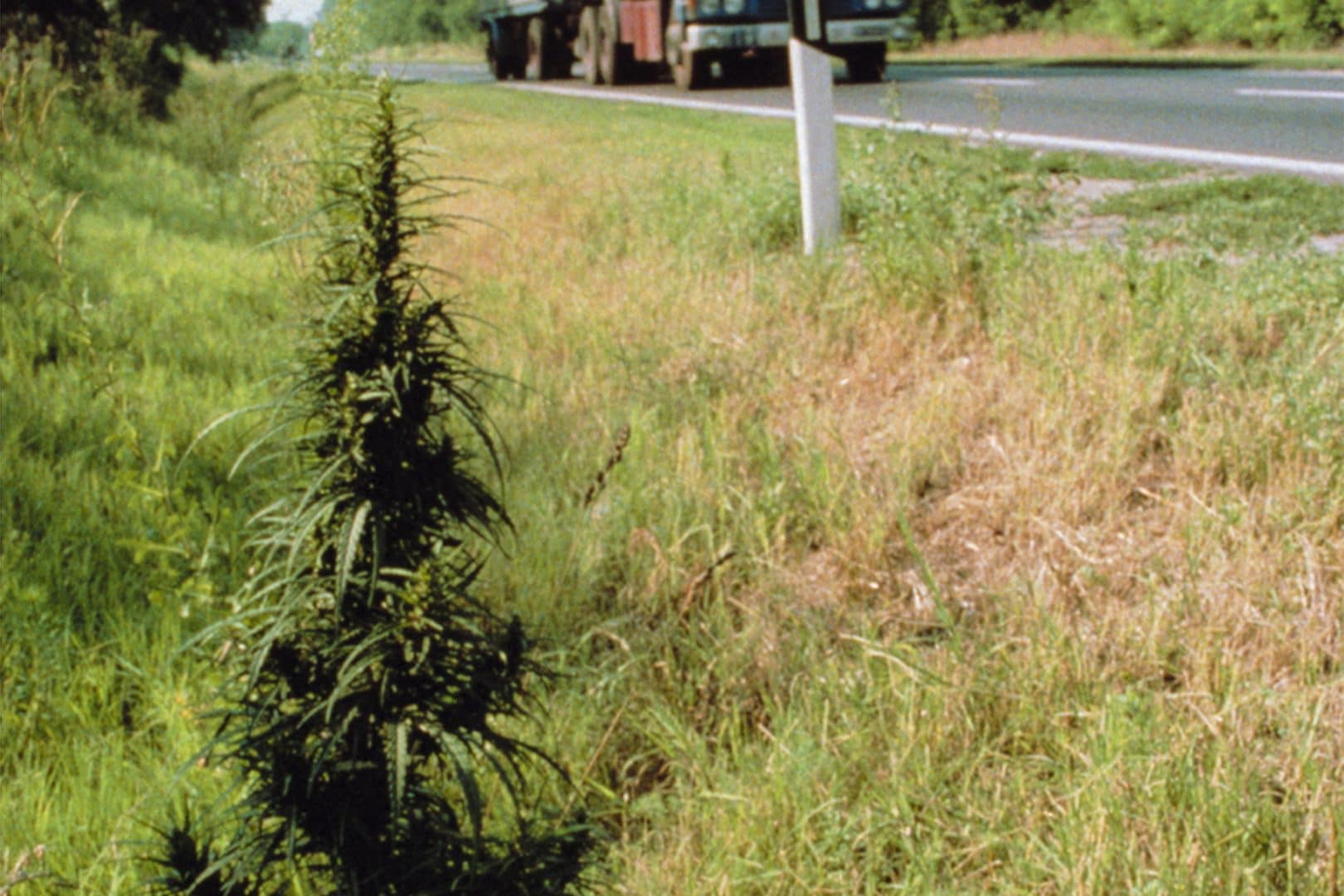
The name ‘ruderalis’ comes from ‘ruderal’, a term given to wild plant species.
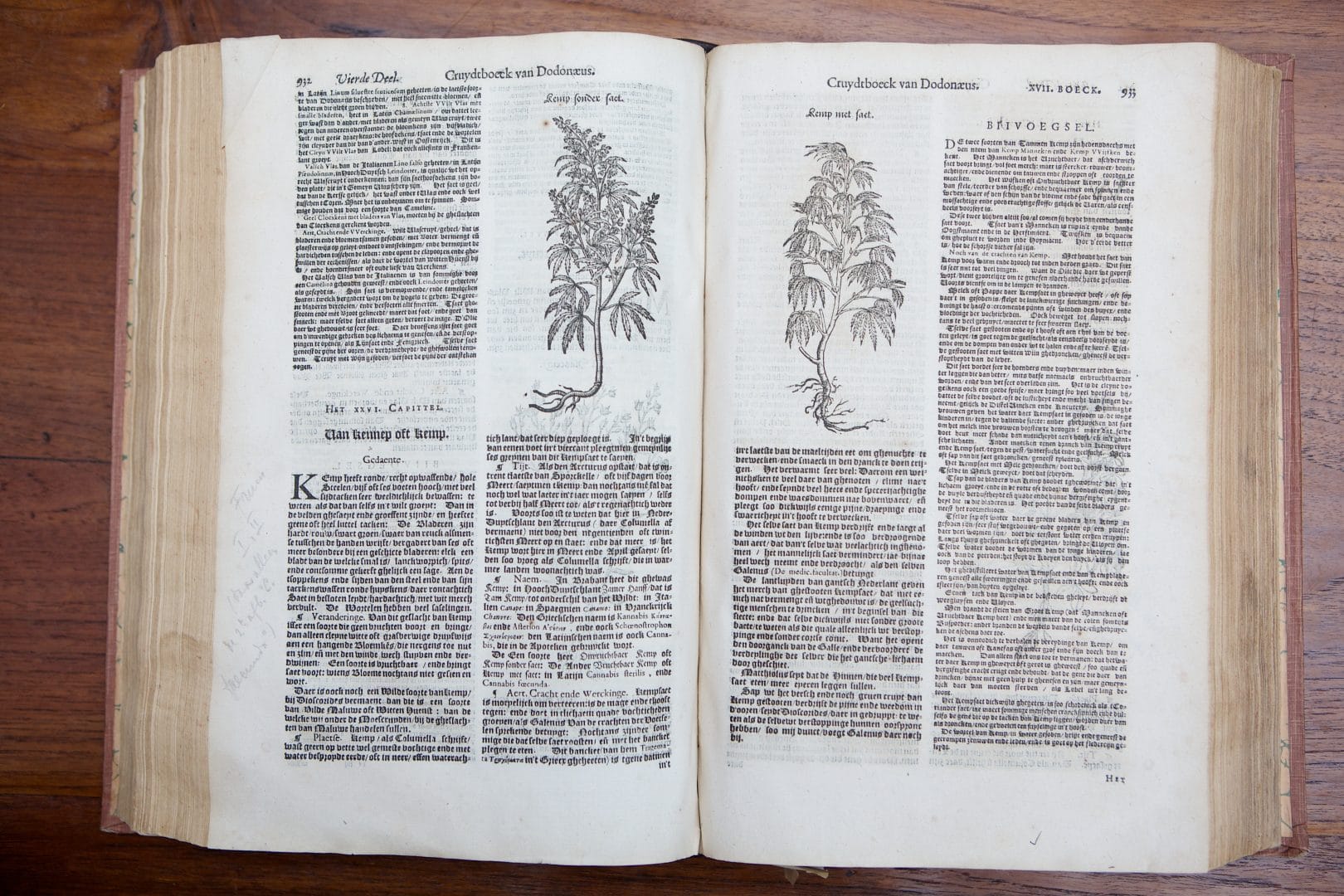
This book is the oldest object in the museum’s collection and the oldest known reference to cannabis in a Dutch source. It is the Cruydt-boeck (book of herbs) written in 1608 by the Flemish Professor of Medicine, Rembert Dodoens. The book contains a detailed description of the growth and development of the cannabis plant, and […]

Hemp fibres are among the strongest soft fibres in the plant world. Humans discovered early on how to fabricate thread, rope and textile from it.

Our unique collection is on display in two locations: a canal house in downtown Amsterdam and a Modernista palace in Barcelona.
Buy your ticket Plan your visit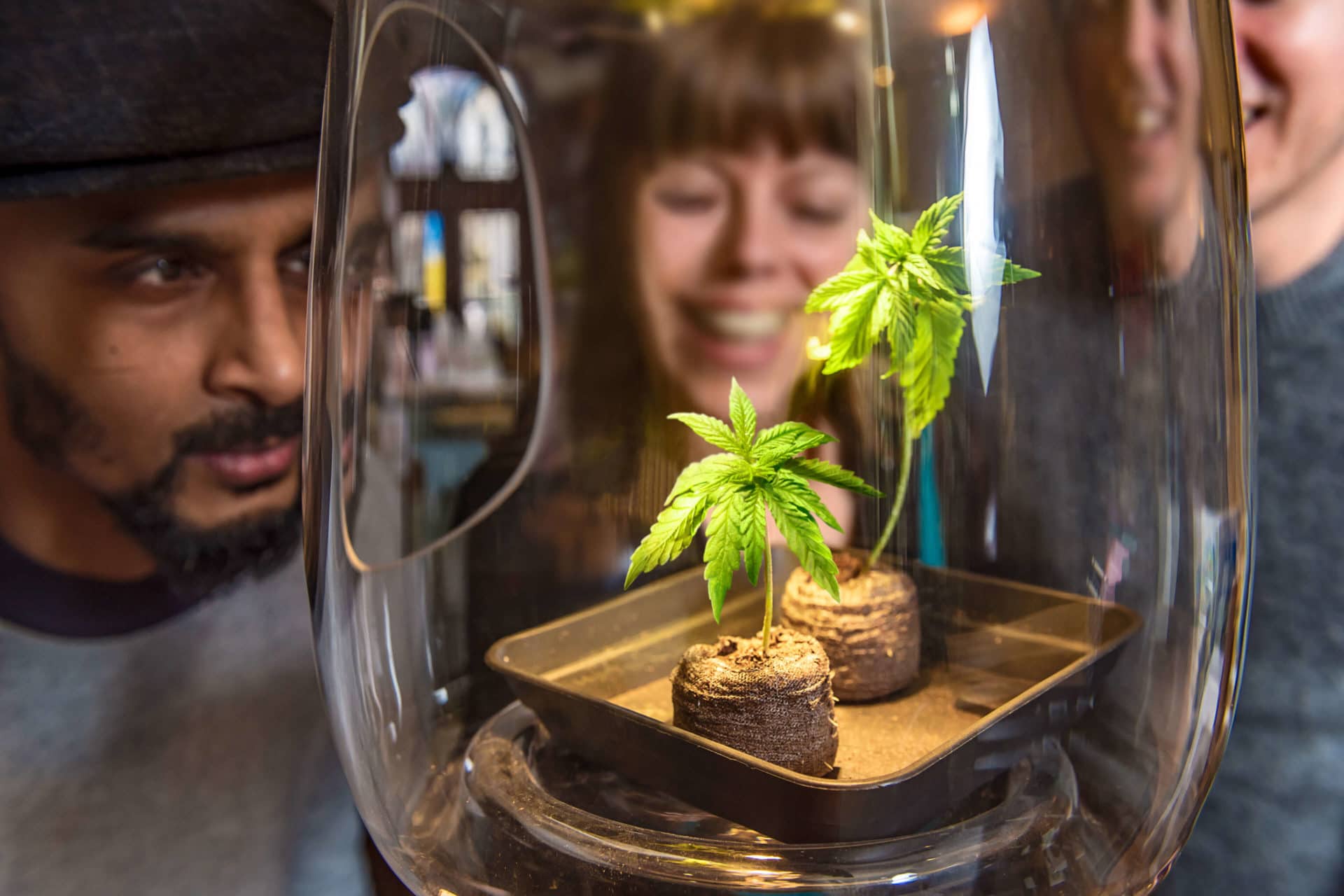
Sign up to get the latest news about the museum, upcoming exhibitions and events.
Oudezijds Achterburgwal 148
+31 (0)20-6248926
amsterdam@hashmuseum.com
Monday to Thursday: 12:00 – 20:00
Friday to Sunday: 10:00 - 22:00
More information
Carrer Ample 35
+34 93 319 75 39
barcelona@hashmuseum.com
Every day: 11:00 – 20:00
More information
© 1987 - 2026 Hash Marihuana & Hemp Museum. All Rights Reserved. CSS Status 404